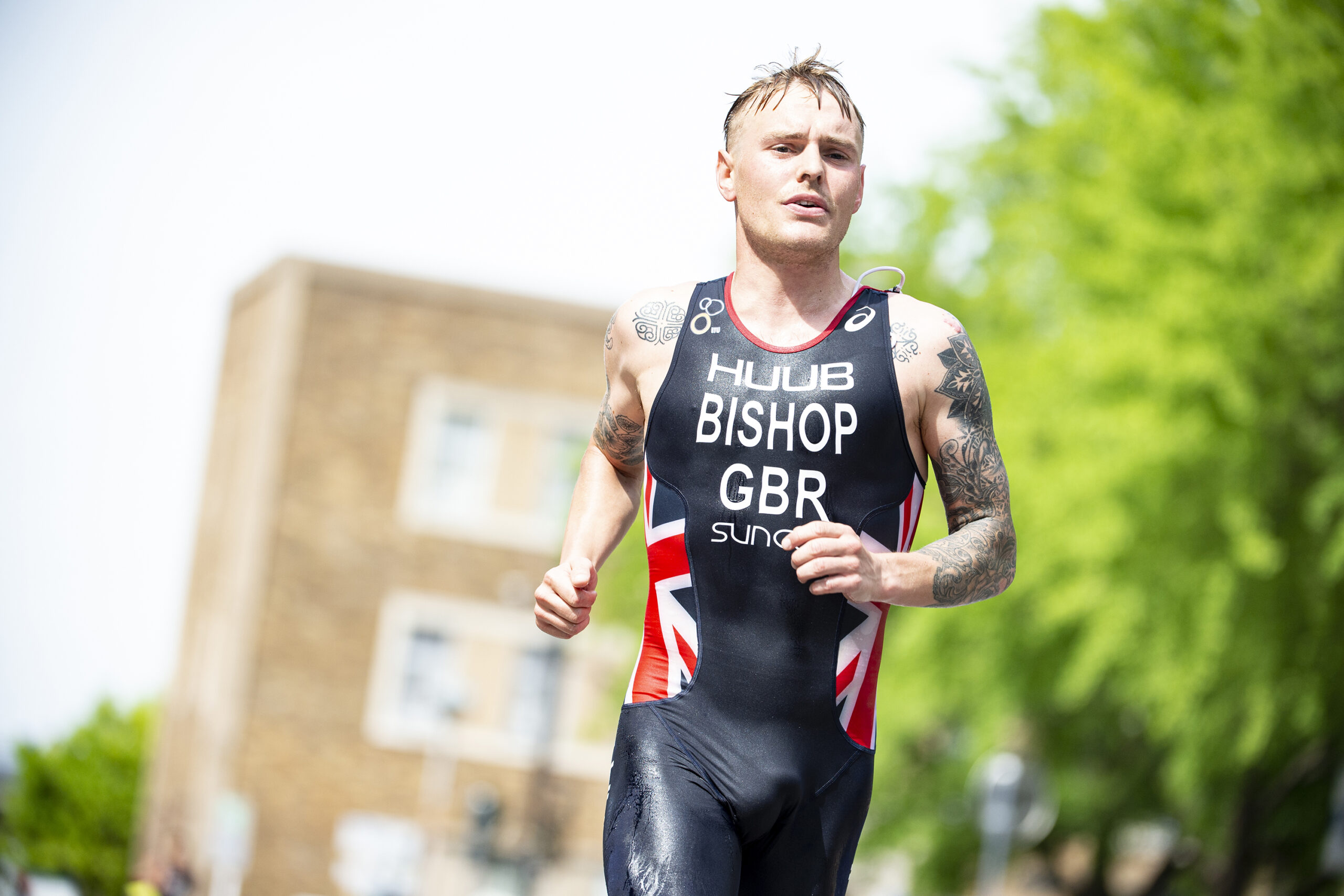I’ve never approached a season with so much uncertainty, but I’m taking it in my stride. My planned races are still going ahead: Yokohama World Triathlon Championship Series (WTCS) on 15 May, Lisbon World Cup on 22 May, Arzachena World Cup on 29 May, Leeds WTCS on 6 June, and Huatulco World Cup on 13 June.
Yes, you read that correctly. Five races, five weeks and three continents; that's four Olympic distance races and one sprint distance. My task is to qualify for Great Britain’s third spot at the Tokyo Olympic Games. Ideally, I’d be racing a little less and targeting the important races with more focus, but with bad luck, crashes and an injury in my last season, I dropped quite a few ranking points. So the chase is on!
Under recovery
Prepping for such a busy block of racing has its challenges since I’ll essentially have barely any time to train between each one, which means the work I do now, and have done up until this point, is key. As you’ve read in my previous columns, the winter has gone great. I’ve spent a lot of time getting in high volume training and the past few months has focussed more on intensity in each of the individual disciplines. We’re doing heavy blocks of threshold work, contrasted each week with higher intensity VO2 max work and max speed/power.
It’s a very fatiguing schedule, which means recovery is key! I’ve actually taken more rest days and easy weeks than I ever have and I feel great for it. I have now realised that a lack of adequate recovery has been a huge element of my underperformance over the years.
Looking back at my training data, my best results have come when I’ve trained at a moderate level, so I’ve adopted that model this season. I will write a whole piece on my thoughts and experiences of recovery at a later date, but for now, all you need to know is that I’m recovering as hard as I'm training.
So, what training have I done in preparation for this mammoth race block? I mentioned the threshold and higher intensity work we’ve been doing all winter, but that only gets you fit. What about the specifics? How do you actually prepare to race? I’ll take you through what we've done in our swim, bike and run training...
Swim prep
Lane ropes out, buoys in. For those who follow me on social media, you may have seen some swim sessions where we have buoys in the pool. This is great preparation for the skills you have to deal with on race day.
Fifty five people trying to hold a tight line around the first buoy is chaotic, so nailing that takes practice and experience, hence why every Friday we spend 6km swimming around buoys! There’s so much to practice: clockwise, anti-clockwise, 90-degree turns, 180-degree turns, inside line, outside line.
We also spend a lot of time figuring out drafting formations. Namely, what’s the fastest and most efficient position to sit in a swim pack? Is it on the swimmer in front's feet, or on their hips? Ultimately, it’s all situational. We use the term from a popular fictional series called ‘dementoring’, since you sit in the spot which sucks all the speed out of the person next to you.
Gearing up for cycling
One word, cones. We’ve spent a lot of time designing courses on the Brownlee Cycle Circuit to replicate the demands of racing, such as dead turns, tight chicanes and fast sweeping corners. To plan our bike sessions, we combined the physiology you need to get through 20-40km of hard riding with the technical demands of racing. There’s a lot of stochastic high-power work when adding in the technical elements, so these sessions become really challenging, especially when adding 1km brick run efforts to the session. Did I mention earlier about all the recovery I’ve been focussing on...
Running ready
We’ve added a new element of training to our run program this year with a big focus on change of pace, specifically on run surges. This might be a long surge or a short ‘gas’ spurt to really apply the pressure to a rep. We’ve also added in ‘gear shifts’, or hard accelerations, to reps.
Racing is racing, and you have to go with moves or make them yourself. The more we practise this in training, the more confident we’ll be on race day. These can be used to break down a group, or drop a few hanging on. Obviously, the big sprint finish is something to consider and these little tweaks to our sessions have made the training exciting.
It’s just over two weeks to go until race day, so it's time to write a travel list and dig out those elastic bands... wish me luck!
Follow Tom on Instagram @tomwbish as he heads out to Japan for his first race of the season.
Top image by Chris Sansom @csansomphoto
